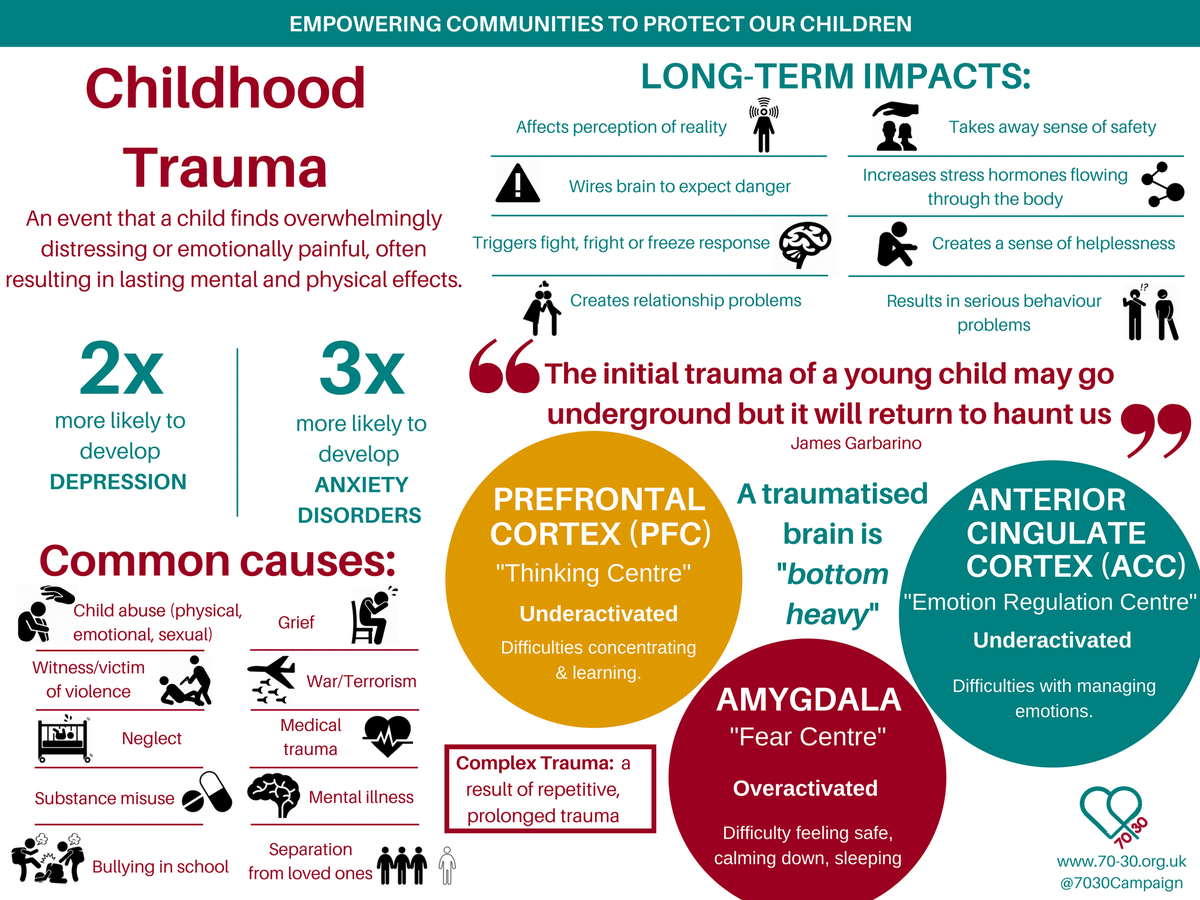The Impact Of The Justice Department's School Desegregation Order Termination

Table of Contents
The Legal Basis for the Termination of School Desegregation Orders
The legal arguments justifying the termination of school desegregation orders were complex and often contested. The courts generally looked for evidence that school districts had achieved unitary status—meaning they had eliminated the vestiges of past segregation and were operating in a color-blind manner. This determination, however, was often subjective and susceptible to varying interpretations.
- Examples of legal arguments used: Arguments frequently centered on the claim that school districts had met their affirmative duty to desegregate, that racial imbalances were now due to factors beyond the school district's control (such as housing patterns), and that continued oversight was unnecessary.
- Key court cases and their significance: Cases like Milliken v. Bradley (1974), which limited the scope of desegregation remedies to individual school districts, significantly impacted the ability to achieve meaningful integration. Subsequent rulings often prioritized local control over federal intervention, accelerating the termination of many orders.
- Criteria for determining desegregation success/failure: The criteria used were often vague and inconsistently applied, leading to discrepancies in how different districts were judged. Factors considered included racial demographics within individual schools, the presence of racially identifiable schools, and the distribution of resources.
The Impact on Racial Segregation in Schools
The termination of school desegregation orders has been linked to a resurgence of de facto segregation—segregation resulting from residential patterns and other non-legal factors. This renewed segregation perpetuates educational inequalities, affecting student achievement, access to resources, and overall school quality.
- Statistical data on re-segregation trends: Numerous studies demonstrate a significant increase in school segregation since the widespread termination of desegregation orders. Many schools, particularly in urban areas, remain overwhelmingly segregated by race.
- Examples of disparities in school resources: Segregated schools often exhibit stark differences in funding, teacher quality, curriculum offerings, and access to advanced programs. These disparities disproportionately disadvantage students of color.
- Impact on student academic performance: Research consistently shows a strong correlation between school segregation and lower academic achievement for students of color. This achievement gap persists and is exacerbated by unequal resource allocation.
The Socioeconomic Consequences of School Desegregation Order Termination
School segregation is deeply intertwined with socioeconomic disparities. Segregated schools often serve predominantly low-income communities, perpetuating a cycle of poverty and limiting social mobility.
- Data on the correlation between school segregation and poverty: Studies reveal a strong correlation between school segregation and higher rates of poverty within those schools and their surrounding communities.
- Examples of the impact on social mobility: Limited access to quality education in segregated schools restricts opportunities for upward mobility, contributing to persistent socioeconomic inequalities.
- Long-term effects on economic inequality: The long-term consequences of school segregation contribute to a widening wealth gap, limiting economic opportunities for generations to come.
The Role of the Justice Department in Monitoring and Enforcement
The Justice Department's role in monitoring and enforcing desegregation shifted significantly after the termination of many orders. Reduced oversight and enforcement have had considerable implications for educational equity.
- Description of the DOJ's past enforcement strategies: The DOJ historically used a range of strategies, including litigation, technical assistance, and monitoring, to ensure compliance with desegregation orders.
- Assessment of the effectiveness of these strategies: While some progress was made, the effectiveness of these strategies varied across districts, and many argue that they were ultimately insufficient to achieve lasting integration.
- Consequences of decreased DOJ involvement: The decreased involvement of the Justice Department has left many schools vulnerable to re-segregation and the perpetuation of inequality.
Conclusion: The Lasting Legacy of the Justice Department's School Desegregation Order Termination
The termination of school desegregation orders has had a profound and lasting impact on American education. The resurgence of segregation, coupled with persistent socioeconomic disparities, underscores the urgent need for continued attention to this critical issue. The legacy of the Justice Department's School Desegregation Order Termination is a stark reminder of the ongoing struggle for educational equity and racial justice. Further research, robust advocacy, and policy changes are crucial to address the lingering effects and promote equitable access to quality education for all students. We urge readers to engage with organizations like the NAACP Legal Defense and Educational Fund and the ACLU to learn more and participate in efforts to dismantle systemic racism in education. For further reading, we recommend exploring the works of scholars who have extensively researched the impact of school segregation and the history of the Justice Department's involvement in desegregation efforts. Let's continue the fight for true educational equity and challenge the lasting impact of the Justice Department's School Desegregation Order Termination.

Featured Posts
-
 The Unpredictability Of Trumps Tariffs Automakers Ongoing Struggle
May 02, 2025
The Unpredictability Of Trumps Tariffs Automakers Ongoing Struggle
May 02, 2025 -
 A Generations Well Being The Critical Need To Invest In Childhood Mental Health
May 02, 2025
A Generations Well Being The Critical Need To Invest In Childhood Mental Health
May 02, 2025 -
 Windstar Cruises Gourmet Dining And Exquisite Destinations
May 02, 2025
Windstar Cruises Gourmet Dining And Exquisite Destinations
May 02, 2025 -
 Epic Games Hit With New Fortnite Lawsuit In Game Store At The Center
May 02, 2025
Epic Games Hit With New Fortnite Lawsuit In Game Store At The Center
May 02, 2025 -
 Remembering Priscilla Pointer A Century Of Acting Excellence
May 02, 2025
Remembering Priscilla Pointer A Century Of Acting Excellence
May 02, 2025
Latest Posts
-
 Nigel Farage Receives Death Threat From Afghan Migrant Travelling To Uk
May 03, 2025
Nigel Farage Receives Death Threat From Afghan Migrant Travelling To Uk
May 03, 2025 -
 Death Threat Against Nigel Farage Afghan Migrants Uk Travel Incident
May 03, 2025
Death Threat Against Nigel Farage Afghan Migrants Uk Travel Incident
May 03, 2025 -
 Challenges For Reform Uk A Potential Party Split Looms
May 03, 2025
Challenges For Reform Uk A Potential Party Split Looms
May 03, 2025 -
 Afghan Migrants Death Threat Against Nigel Farage During Uk Trip
May 03, 2025
Afghan Migrants Death Threat Against Nigel Farage During Uk Trip
May 03, 2025 -
 Farages Reform Uk Internal Divisions And The Threat Of A Split
May 03, 2025
Farages Reform Uk Internal Divisions And The Threat Of A Split
May 03, 2025
